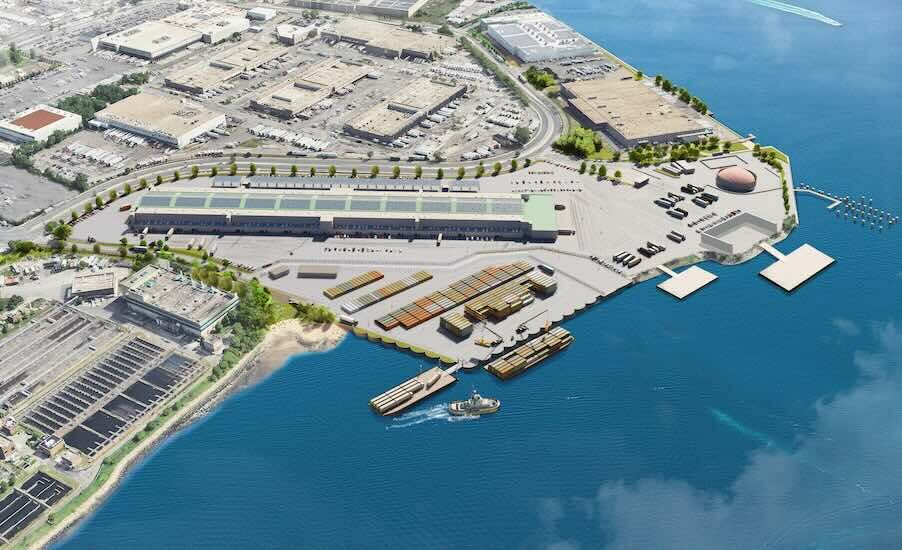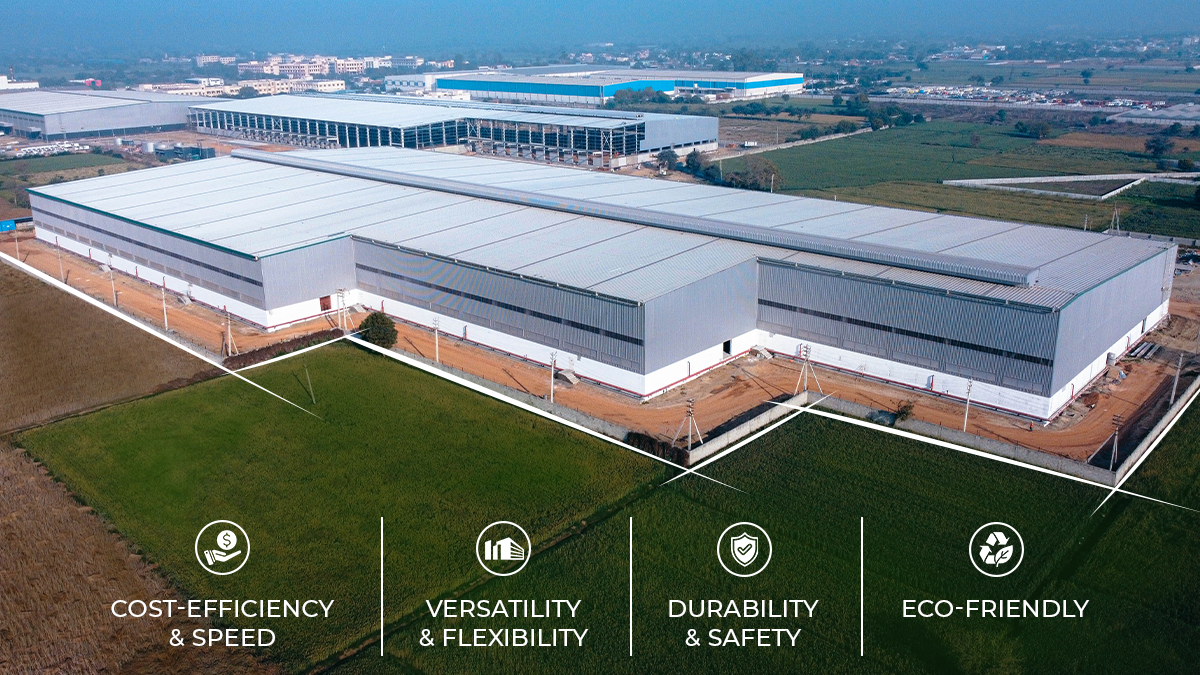
Marine Terminal Planned for Site of Former New York City Floating Jail
[ad_1]
A barge moored off the South Bronx coastline that was once seen as an answer to New York City’s overcrowded jails will be replaced by a strategic marine terminal in Hunts Point.
Opened in 1992 as a floating jail and decommissioned in 2023 as part of the plan to close the city’s outdated jails and build modern borough-based facilities, the Vernon C. Bain Correctional Center—known as the barge—is slated to be dismantled, making way for the planned Hunts Point Marine Terminal.
The marine terminal will create a point to unload freight off large ships onto their last stage of delivery while advancing the distribution supply chain and preventing 9,000 truck trips each month, according a press release issued by the office of New York Mayor Eric Adams last month.
The site is also located next to the 329-acre Hunts Point Food Distribution Center, the country’s largest food distribution center.
Chris Canary, assistant vice president of the Ports, Waterfront, and Transportation division of New York City’s Economic Development Corp., says the project will help alleviate truck traffic “pinch points” at the George Washington and Verrazzano Bridges.
“The terminal will add a new flow into the city and a direct connection point to the Hunts Point Food Distribution Center,” Canary said. “It’s also adjacent to industrial sites that already exist: the Fulton Fish Market and a wastewater treatment plant. This will streamline the process and add resiliency.”
The project will establish a key connection between ports along the East Coast, use green technology, while also creating 400 construction jobs and 100 permanent jobs, the city estimates. During the next 30 years, the port will generate $3.9 billion in economic impact, according to the city.
The project is part of Mayor Adams’ larger initiative, called Harbor of the Future, establishing New York City as a destination for green technology and to expand its “blue highways,” allowing freight movement by water, rather than by truck.
Additionally, the city will invest $28 million to expand local access to the waterfront and extend bike path, as part of the 2026 fiscal year budget, to enhance quality of life for locals.
NYC EDC issued a request for proposals to remove the barge. Canary said that while there is no timeline yet for when the Hunts Point Marine Terminal will be built, it is moving into a design and planning stage, which will include community input. The Economic Development Corp. will lead a land remediation effort to address the pollution on site, which is slated for completion in 2027, according to the city.
 The Vernon C. Bain Correctional Center—known as the barge—is slated to be dismantled in, making way for the planned Hunts Point Marine Terminal.
The Vernon C. Bain Correctional Center—known as the barge—is slated to be dismantled in, making way for the planned Hunts Point Marine Terminal.
Photo courtesy of the New York City’s Economic Development Corp.
Decommissioning a Jail Barge
In 2022, the Adams’ administration announced its plan to decommission the jail barge as part of its Hunts Point Forward plan, which he emphasized would include community input. Backed by a $40-million commitment from the mayor, the plan outlines a 15-year vision that creates jobs, improves public safety, and improves health and infrastructure in the community.
Removing the barge is “incredibly meaningful,” said Stanley Richards, president and CEO of The Fortune Society, a nonprofit promoting alternatives to incarceration and re-entry into society after incarceration, adding, “Beyond the permanent reduction of the carceral footprint, the removal of the barge opens up vital opportunities for the revitalization of the Hunts Point area.”
Since 1992, the 800-bed jail barge has lived in the East River. As part of New York City’s criminal justice reform effort, the Borough-Based Jails Program to close Rikers Island and build new jails in the boroughs, the city decommissioned many of its older jails, including the barge.
Richards said reducing jail capacity “is essential to closing Rikers and building more humane, borough-based facilities.”
The Hunts Point Marine Terminal is a node in Mayor Eric Adams’ larger Blue Highways initiative—spearheaded by the New York City Department of Transportation and NYCEDC—which promotes transporting goods via waterway in and around the city, while increasing transportation resiliency and reducing bottlenecks, allowing the city to be more equipped to receive goods in times of disaster or emergency. Other progress made in the Blue Highways initiatives includes the unveiling of the Downtown Skyport, the multi-modal hub for last-mile delivery, The Brooklyn Marine Terminal’s $18-million upgrade of port operations; and the Brooklyn Marine Terminal’s $164-million federal grant to transform it into a modern maritime port and mixed-use community.
“It was fortuitous timing that the Borough-Based Jails Program and our planning around Blue Highways lined up,” Canary says. “The site of the barge being transferred to Economic Development Corp’s control gives the city a great opportunity to advance the Blue Highways Initiative at an important site for freight movement in the Bronx.”
[ad_2]
Source link
Post a Comment
You must be logged in to post a comment.






